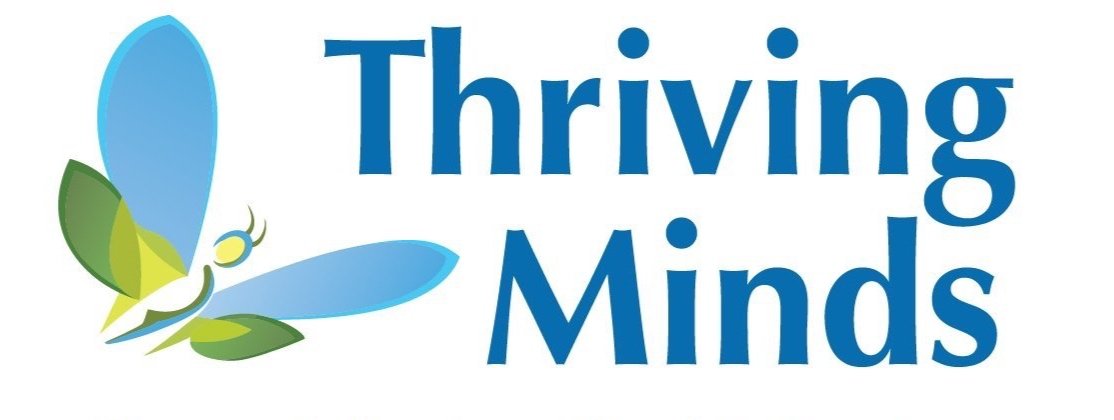A Day in the Life of Our In-School Intensive Program: Real Stories, Real Progress
When families first hear about our intensive therapy programs, they often ask, “What does a typical day look like?” The truth is, no two intensives are exactly the same—each one is shaped by the unique needs and goals of the child. But we can offer you a behind-the-scenes look into two different intensives to give you a better sense of how these programs unfold and how they help children make meaningful progress in a short amount of time.
Day One: Getting Comfortable and Breaking Barriers
On the first day of an intensive, it’s all about building speaking comfort. Take “Alex,” for example. When he first started, his selective mutism meant he struggled to speak with anyone outside of his family – and if he spoke in school or the community, even to his parents, it was 1-2 words in a quiet whisper. The goal for day one was simple: get Alex comfortable enough to speak with his therapist at full volume. We used stimulus fading to gently transfer his speech from his mother to the therapist in the small, private setting of his home. Once he was more relaxed, we moved to different parts of his school—first a private room, then a hallway, and eventually to areas where other people were present. For Alex, a big breakthrough moment was him finally being able to speak in his “brave voice” (what we call full-volume speech). With strategies like specific prompting and positive reinforcement through a reward system, he gradually gained confidence. By the end of the day, Alex wasn’t just responding to the therapist at full volume throughout school; he was also starting to initiate conversation on his own, something that seemed impossible just hours earlier. Alex’s parents also reported that he was able to use his full volume brave voice when ordering a treat after school!
Day Two: Building on Success
Day two is when things really start to take off. Alex came in already more comfortable, and we focused on maintaining his full-volume speech in more challenging settings. We moved into the classroom, introduced multiple school staff members, and even started working on peer interactions. Watching a child like Alex begin to verbalize with his classmates — first in small groups, then eventually in whole-class activities — is a special kind of progress. With his therapist’s encouragement he even started raising his hand in class and asking his teacher and peers for help, a huge step toward breaking through his anxiety.
Meanwhile, another child, “Casey,” was working through his own challenges. On his second day, the focus was on expanding his speaking beyond the therapist to his classroom teacher and peers. At first, Casey would only reply with one word at a low volume. By lunchtime, Casey was not only answering questions in full sentences, but asking questions during small group activities, something that had been very difficult for him in the past. We watched as Casey gained more confidence, using his brave voice in settings where just yesterday he had been hesitant and quiet.
Days Three and Four: Gaining Independence
By the third day, both Alex and Casey had gained enough momentum to tackle more advanced social situations. For Casey, this meant presenting a project to a small group of peers and then, with some preparation and encouragement, to his entire class. He stood at the front of the room, reading aloud and responding to questions from his classmates. These presentations help children take ownership of their voice and build confidence in speaking to the larger class (while being the center of attention!). Alex also did a presentation, and then learned to take more initiative. He began using social niceties like “hello” and “goodbye” with peers and various school staff. Parents often recognize that these moments are far from small victories. The beauty of these intensives lies in celebrating these significant achievements—whether it’s saying “hello” to a peer or answering a question, these are monumental steps for children like Casey.
What Makes These Intensives Different?
Our intensives are all about creating and using real-world scenarios where children can start speaking bravely in situations they’ve been unable to before. School intensives also provide a unique opportunity for school staff to see and learn helpful strategies for the child “in action.” As the week progresses, we fade out our support and fade in key school personnel so that children are better positioned to thrive in their typical environment. To that end, we typically conduct a training for the entire team or school on day three or four so that they are able to successfully continue the intervention once we have left. Whether it’s asking the teacher a question, talking to peers in the classroom, reading aloud, or greeting someone in the hallway, every part of the program is tailored to the child’s comfort level and designed to help them push their boundaries in a supportive setting. We take it one step at a time, with each day building on momentum from the last – and by the end of the program, the progress feels natural and empowering.
Curious about whether an intensive might be right for your child? Watch this video about in-school versus in-office intensive therapy. Call us to learn more about how we design these programs specifically to meet each child's needs. Let’s see how we can help your child gain the confidence to thrive.

